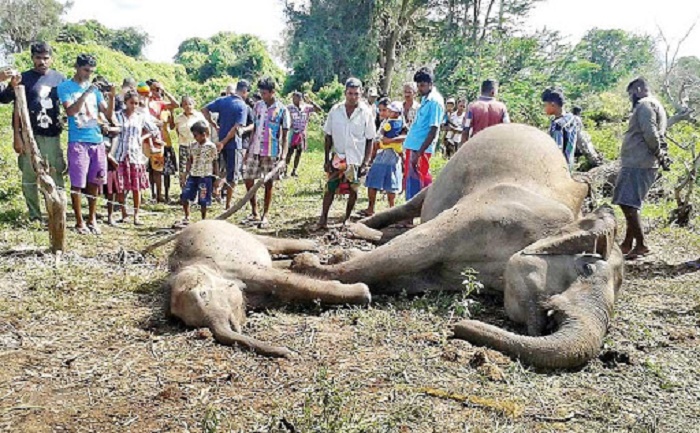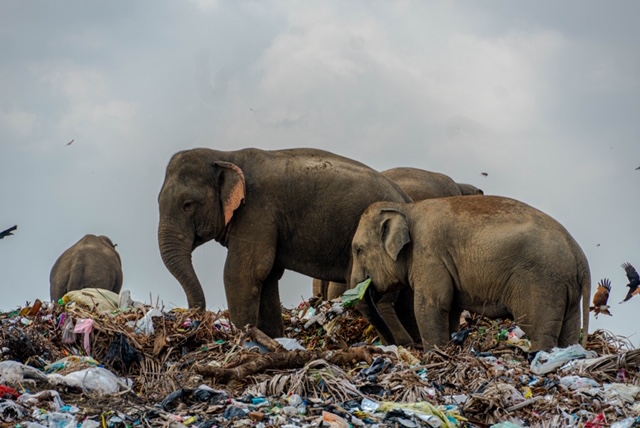
Sri Lanka has recorded the highest number of elephant deaths caused by human-elephant conflict in the world. The Committee on Public Accounts (COPA) recorded that in the past 12 months 407 elephants have been killed in conflict with humans.
COPA Committee Chairman Vitarana stressed the need for the Wildlife Department and other relevant agencies to work together to implement a more efficient programme to resolve the human-elephant conflict in Sri Lanka. The number of people killed by elephants increased to 122 in the past year, up from an average of 85.
Earlier this year the Sri Lankan government transferred the administration of non-protected forests, known as “other state forest” ( OSF) to regional authorities. The transfer follows in line with Sri Lanka economic policy to bolster its domestic economy, in this case to boost its domestic food production. However, this move has been heavily criticised by environmental activists, who say many of these forests are rich in biodiversity and serve important ecosystem functions.
70 percent of Sri Lankas elephants live outside protected areas and most can be found in these OSF. This means the clearing of OSF for agriculture would exacerbate the human-elephant conflict. Currently more than 42 percent of the country is occupied by both human and elephants. Dr.Fernado, who led a special audit on the human-elephant conflicts details how land and territorial issues are behind the problem.
“.. These elephants come to human settlements in search of food and eat the crops from the fields. The farmers react to the devastation caused by trying to kill the animals, and the animals retaliate in a deadly manner”

Photographs by Tharmapalan Tilaxan, the winner of this year’s Royal Society of Biology photography competition.
Read more here : Eelam's elephants under threat
The COPA committee highlighted that the 4,211 km of elephant fences, which are electric ; had been constructed by 2016. Though improper government maintenance has meant the a vast majority of these fences have become inactive. This comes as Rs 86 millions rupees is spent annually on maintenance of electric fences. The committee highlights how maintenance should be conducted with the support of the local community.
Land use hypocrisy
The transfer of OSF to regional authorities is seen as an effort to tackle the economic hardships caused by COVID-19 pandemic by boosting domestic crop production. The releasing of forests for agriculture use has been condemned by local environmentalists. Suranjan Fernando, a prominent forest researcher told Mongabay.
“One should also not ignore the ecosystem services that communities have a right to such as clean water, fresh air and fuelwood and so on…We are on an environmental tipping point and many systems may collapse with such ecosystem services being denied to communities. As a country, we need to recognize that development and conservation are not two, but one”
Militarisation of North-East
In the North-East the same Forestry department is used to aid Sinhalisation of Tamil Land and displace Tamil people who normally would have worked the land for agriculture needs. Land grabs are supported by the Forestry Department and Archaeological department, leaving many Tamil families destitute. The North-East remains heavily militarised, with all branches of the Sri Lankan military occupying Tamil Land. A dissonance exists as the Military occupies land in the North-East often building polluting Military institutions of no service to the local community and the same government condemns forests rich in biodiversity to destruction in a sorrowful attempt to boost crop production.


